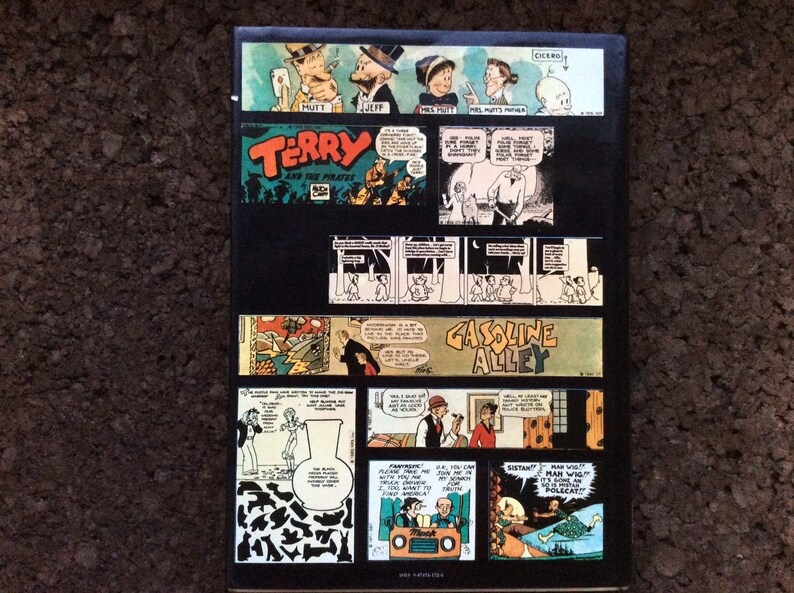
They are all given generous (and well-deserved) space in the Smithsonian collection. These were the strips that Blackbeard read as a young boy. The rollicking cartoony adventure strips of the early 1930s: Roy Crane’s Wash Tubbs and Captain Easy, Gottfredson’s Mickey Mouse, and Segar’s Thimble Theatre. As Jeet Heer notes, it also showcased Blackbeard’s own favorite school of cartoonist, He edited The Smithsonian Collection of Newspaper Comics, a protean document that was no mere argument for the beauty of power of comics - it was the proof itself, as watertight as any mathematical formula in its oversized grandeur and unassailable contents.


We had a few correspondences with him back in our early days and he was definitely a role model to aspire to. We can testify to our own respect and reverence for Blackbeard and his vast knowledge and archives of comic strips - won through a valiant call to action where others might have let history go up in flames. If there was ever a stamp for comics history, Blackbeard is the man who should be on it. As the outpourings of appreciations have shown, Blackbeard was, perhaps more than any other individual, responsible for the emergence of comic strips and (by extension) comic books as a legitimate source of art to be treasured and preserved on an institutional level. Blackbeard had been in a nursing home for some years, and passed away on March 10th.

Harvey, used with permission of The Comics JournalĬomic strip historian and pioneer Bill Blackbeard has died at age 84, it has been reported.


 0 kommentar(er)
0 kommentar(er)
